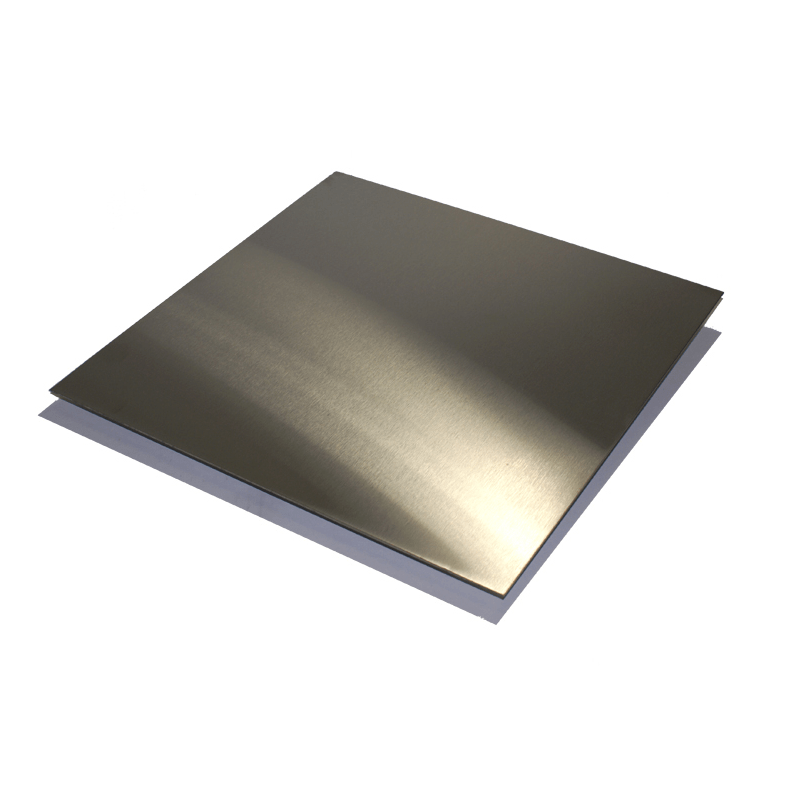
Los aceros inoxidables 316 y 316L son aceros inoxidables austeníticos con resistencia a la corrosión y propiedades mecánicas similares, pero tienen algunas diferencias principalmente en su contenido de carbono y aplicaciones. Esta comparación describirá su composición química, propiedades, resistencia a la corrosión, características de soldadura y aplicaciones típicas.
1. Composición química
La principal diferencia entre 316 y 316L es el contenido de carbono.
Tabla 1: Composición química
| Elemento | Acero inoxidable 316 | Acero inoxidable 316L |
|---|---|---|
| Cromo (Cr) | 16-18% | 16-18% |
| Níquel (Ni) | 10-14% | 10-14% |
| Molibdeno (Mo) | 2-3% | 2-3% |
| Carbono (C) | ≤ 0,08% | ≤ 0,03% |
| Hierro (Fe) | Equilibrio | Equilibrio |
2. Propiedades mecánicas
Ambos grados exhiben propiedades mecánicas similares, pero el menor contenido de carbono en el 316L a menudo conduce a una mejor resistencia a la corrosión y una mejor soldabilidad.
Tabla 2: Propiedades mecánicas
| Propiedad | Acero inoxidable 316 | Acero inoxidable 316L |
|---|---|---|
| Límite elástico (MPa) | 290 – 600 | 290 – 600 |
| Resistencia a la tracción (MPa) | 580 – 750 | 580 – 750 |
| Elongación (%) | 40% o más | 40% o más |
| Dureza (Rockwell B) | 70-90 | 70-90 |
3. Resistencia a la corrosión
Ambos grados ofrecen una excelente resistencia a la corrosión en diversos entornos, pero el 316L tiene una ventaja en determinadas aplicaciones debido a su menor contenido de carbono, lo que reduce el riesgo de precipitación de carburo y corrosión intergranular.
Tabla 3: Resistencia a la corrosión
| Tipo de corrosión | Acero inoxidable 316 | Acero inoxidable 316L |
|---|---|---|
| Corrosión general | Muy bien | Muy bien |
| Resistencia a las picaduras | Excelente | Excelente |
| Agrietamiento por corrosión bajo tensión | Moderado | Mejor resistencia |
| Corrosión intergranular | Posible si está mal soldado | Menor riesgo debido al menor contenido de carbono |
4. Soldabilidad
La soldabilidad es un factor importante en la selección de grados de acero inoxidable para la construcción.
Tabla 4: Comparación de soldabilidad
| Rasgo | Acero inoxidable 316 | Acero inoxidable 316L |
|---|---|---|
| Soldabilidad general | Bueno, pero necesita cuidados para evitar la precipitación de carburo. | Excelente, el bajo contenido de carbono reduce el riesgo de formación de carburo. |
| Tratamiento previo a la soldadura | Generalmente no es necesario | Generalmente no es necesario |
| Tratamiento post-soldadura | Puede requerir recocido para restaurar las propiedades. | Generalmente no requiere tratamiento post-soldadura |
5. Aplicaciones
La elección entre 316 y 316L a menudo depende de los requisitos específicos de la aplicación, especialmente en lo que respecta a la resistencia a la corrosión y las condiciones de soldadura.
Tabla 5: Aplicaciones típicas
| Área de aplicación | Acero inoxidable 316 | Acero inoxidable 316L |
|---|---|---|
| Aplicaciones Marinas | Herrajes para barcos, herrajes náuticos. | Se utiliza más comúnmente para aplicaciones sumergidas donde la corrosión es crítica. |
| Procesamiento químico | Tanques y tuberías para diversos productos químicos. | Preferido en ambientes con cloro y alta salinidad. |
| Industria alimentaria y farmacéutica | Equipo de procesamiento de alimentos | Preferido para aplicaciones higiénicas; menos probabilidades de corroerse u oxidarse |
| Fabricaciones de soldadura | Aplicaciones estructurales que requieren alta resistencia. | Se utiliza para secciones de paredes delgadas para reducir la distorsión durante la soldadura. |
| Sector de petróleo y gas | Válvulas, tuberías y equipos. | Utilizado en ambientes expuestos a medios corrosivos. |
Resumen de diferencias
| Rasgo | Acero inoxidable 316 | Acero inoxidable 316L |
|---|---|---|
| Contenido de carbono | ≤ 0,08% | ≤ 0,03% |
| Resistencia a la corrosión | Bueno, con potencial de corrosión intergranular. | Mejor debido al menor contenido de carbono |
| Soldabilidad | Bueno, pero se necesita cuidado. | Excelente riesgo reducido de corrosión. |
| Costo | Generalmente más bajo | Ligeramente superior debido al menor contenido de carbono y a una mayor aleación |
| Aplicaciones | Aplicaciones de uso general, marinas | Ambientes con cloro y alta salinidad, industrias alimentarias/farmacéuticas. |
Conclusión
Tanto el acero inoxidable 316 como el 316L son excelentes opciones para aplicaciones que requieren alta resistencia a la corrosión y buenas propiedades mecánicas. La selección entre ellos normalmente gira en torno a condiciones y requisitos ambientales específicos, como la soldadura o la susceptibilidad a la corrosión intergranular.
- Acero inoxidable 316 Es adecuado para una amplia gama de aplicaciones, pero se debe tener cuidado durante la soldadura y en ambientes corrosivos.
- Acero inoxidable 316L Ofrece una mayor resistencia contra la corrosión intergranular y se prefiere para condiciones más exigentes, especialmente cuando se trata de soldadura.
Seleccionar el grado correcto es esencial para garantizar el rendimiento y la longevidad de los componentes en diversas industrias.
